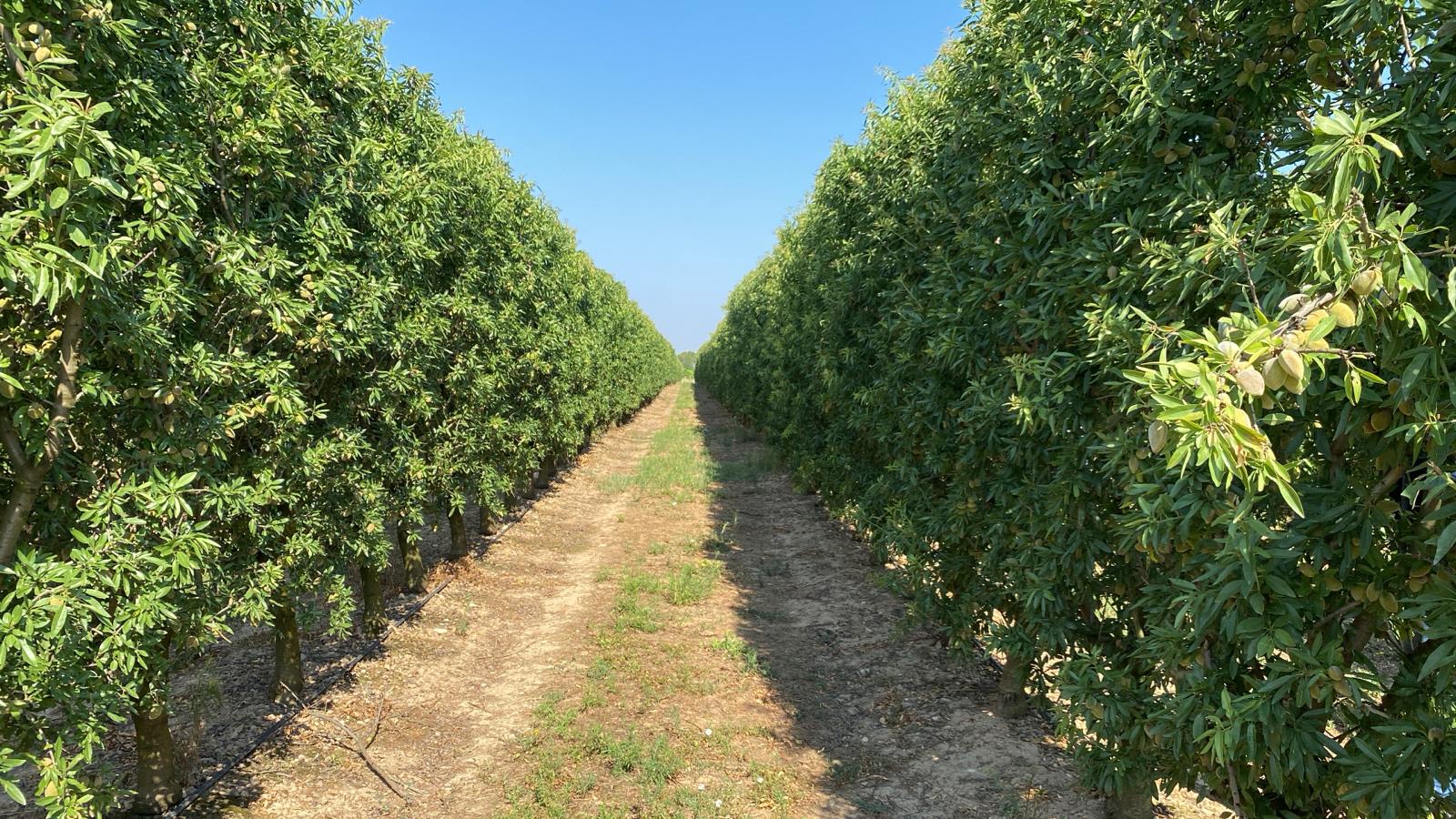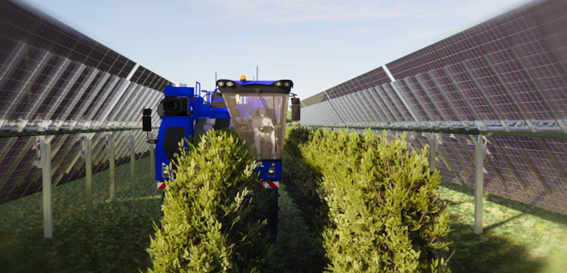Price cycles in high-value crops
The agri-food sector is a strategic sector—something that surprises no one
The investment opportunities it offers are clear and, in the long term, present a very attractive risk-return profile. One of these opportunities lies in high-value crops, a commonly used term with various interpretations. From my point of view, “high value” means: long-term increasing consumption, health-beneficial foods, market opportunities (countries beginning to consume), strong returns, sustainability integrated into the project’s cultivation model, and long-term investments with project revaluation and exit windows. Among these crops we find olive trees, almonds, avocados, pistachios, berries, and hazelnuts, among others.
These products, which represent a long-term investment opportunity, are subject to price fluctuations. These fluctuations attract and repel investors like magnets with opposing or similar poles. Why do we make long-term investments using short-term prices? In woody crops, which take 2–3 years to begin producing (at best), having a longer-term view would help us avoid many mistakes.
We’ve seen this in viticulture with varieties like Muscat, Verdejo, Garnacha, or Tempranillo, which, due to fashion or other decisions, were planted all over Spain and, after 3–4 years, were uprooted in many of those places. Maybe the variety wasn’t the best suited for the region. Maybe demand for that variety was quickly met by a few plantations. Or maybe consumer preferences shifted, and due to the high temperatures in recent years, they favored white or sparkling wines, which are served colder and feel more refreshing. Whatever the reason, agricultural projects involving most woody species are long-term, and it’s advisable to base strategic decisions on consumption trends, market opportunities, and the competitive advantages of the project.
Right now, with the current price of olive oil, many olive grove projects are underway. At the same time, almond or other crop projects started 3–5 years ago are being abandoned. Just as fewer than 10 years ago, some olive groves were being abandoned while thousands of hectares of almond trees were being planted.
When we analyze prices over a 20–25 year horizon—the estimated lifespan of some woody crop projects—we observe clear price cycles in these products, a phenomenon that repeats every 5–7 years. For this reason, in a sizable and long-term investment, it doesn’t make sense to be overly influenced by current prices. Instead, focus should be placed on long-term forecasts. It’s well known that price cycles are largely influenced by global production, global consumption, and regulatory and trade factors. Let’s take a look at these three elements.

Global Production
Consumption

Regulatory and Trade Factors
One of the most common answers is: diversification. Diversifying both crops and geographies is essential. Different regions act as buffers against climate incidents or droughts in specific watershed areas, and crop diversification helps avoid price cycles and ensures that our project yields solid average returns in the long term.








